
A new era at the border
The new Gordie Howe International Bridge is about to change how people move between the U.S. and Canada, especially for anyone tired of long waits at the Detroit–Windsor crossing. It’s set to open in Fall 2025, giving travelers a smoother and more reliable route across the border.
This massive project has been years in the making and was designed to handle busy traffic without slowing everyone down. Its opening brings a sense of excitement for drivers, families, and businesses on both sides.

Why this bridge matters
This isn’t just another construction project, it’s one of the biggest cross-border investments ever built between the two countries. The bridge was created to ease long backups and make daily travel quicker for thousands of people.
It connects Ontario’s Highway 401 directly to Michigan’s I-75, so drivers won’t need to navigate local streets or confusing detours. That direct route alone is expected to save between 11 and 18 minutes per trip.
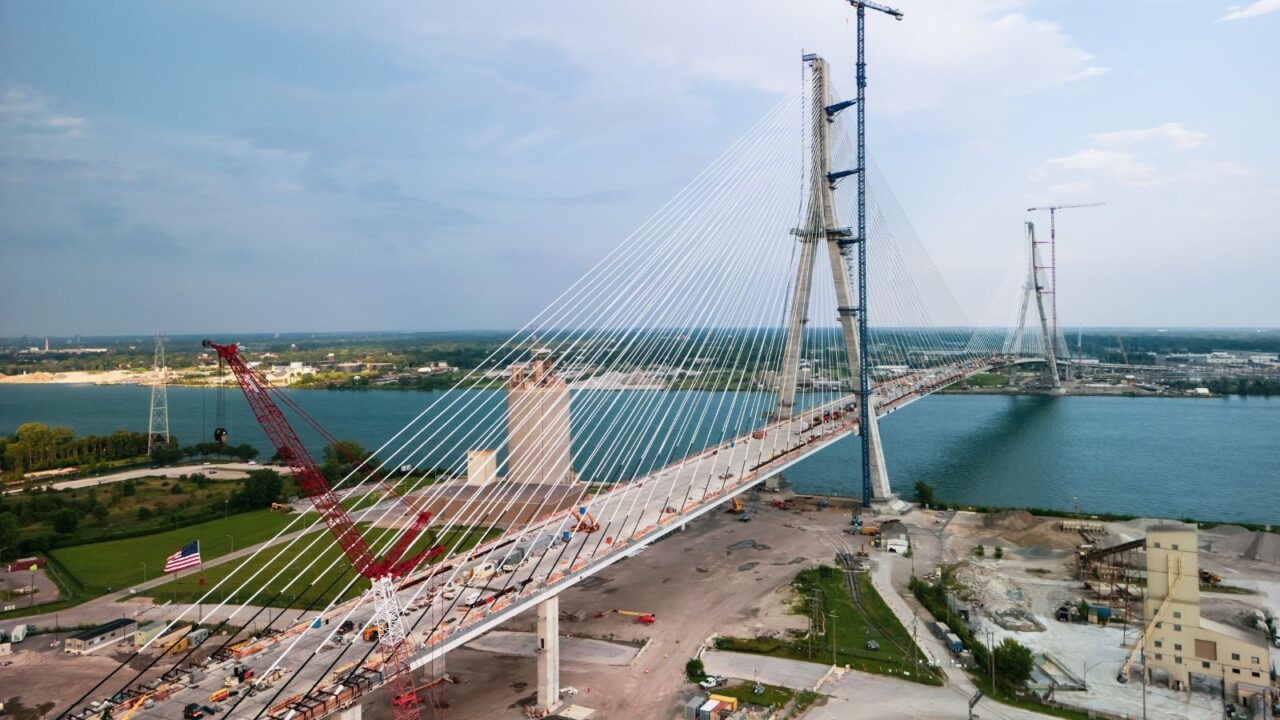
A record-breaking span
The Gordie Howe Bridge will be the longest cable-stayed bridge in North America, stretching 853 meters over the Detroit River. Its design allows the entire structure to stay strong without placing piers directly in the water.
That means fewer disruptions to the river environment and smoother construction overall. It also gives the bridge a clean, modern look that stands out along the skyline.

Built for busy travel
The bridge includes six lanes for vehicles plus dedicated paths for pedestrians and cyclists, making it accessible for more than just drivers. It’s expected to support up to 26,500 vehicles each day once fully operational.
That kind of capacity helps reduce pressure on older crossings and spreads traffic across multiple routes. Travelers can count on a more dependable experience at one of the busiest border points in North America.

A major investment
The project cost reaches $6.4 billion, financed mainly by the Canadian government, showing how important this crossing is for both nations. This investment covers not only the bridge but also large inspection and customs areas on both sides.
Those additions help reduce slowdowns that often happen during busy travel hours. With more space and better equipment, processing times should improve noticeably.
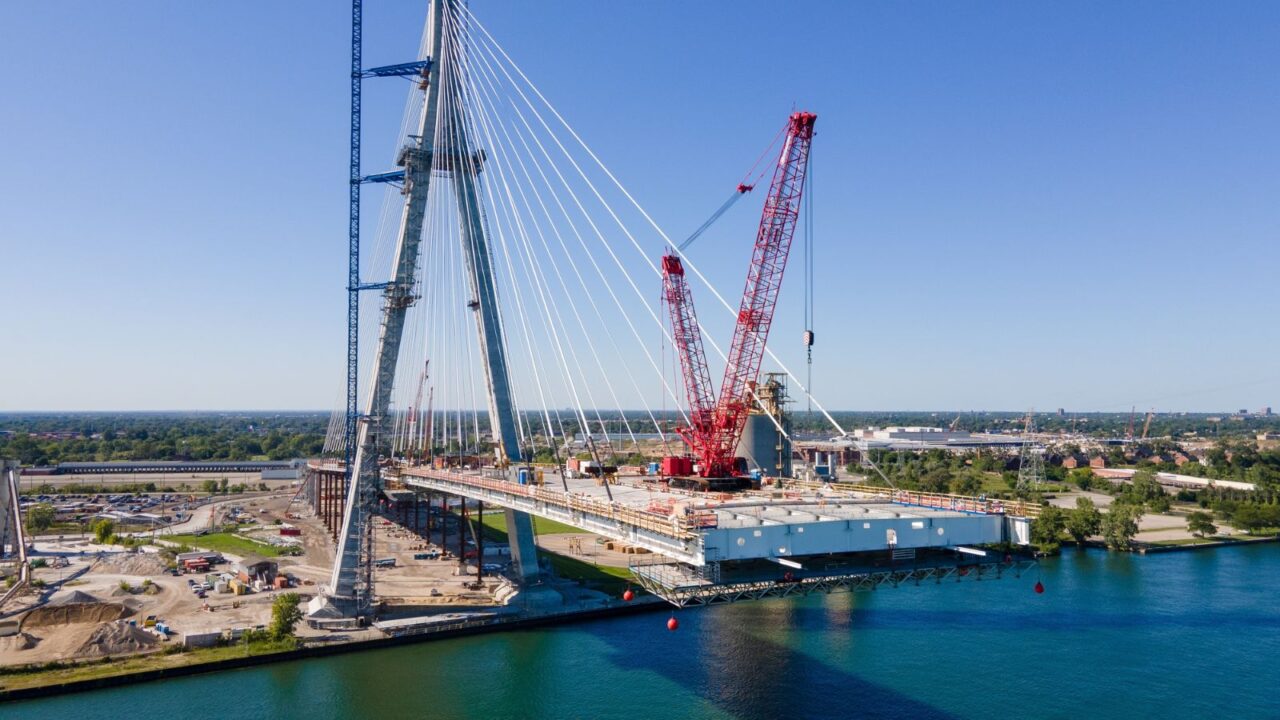
A huge U.S. port of entry
On the Michigan side, the U.S. Port of Entry covers around 168 acres, making it one of the largest of its kind. It includes 36 primary inspection booths and 16 toll lanes designed to handle both regular travelers and commercial trucks smoothly.
The spacious layout prevents bottlenecks and keeps vehicles from stacking up on the bridge. It also brings updated security features for more efficient screening.
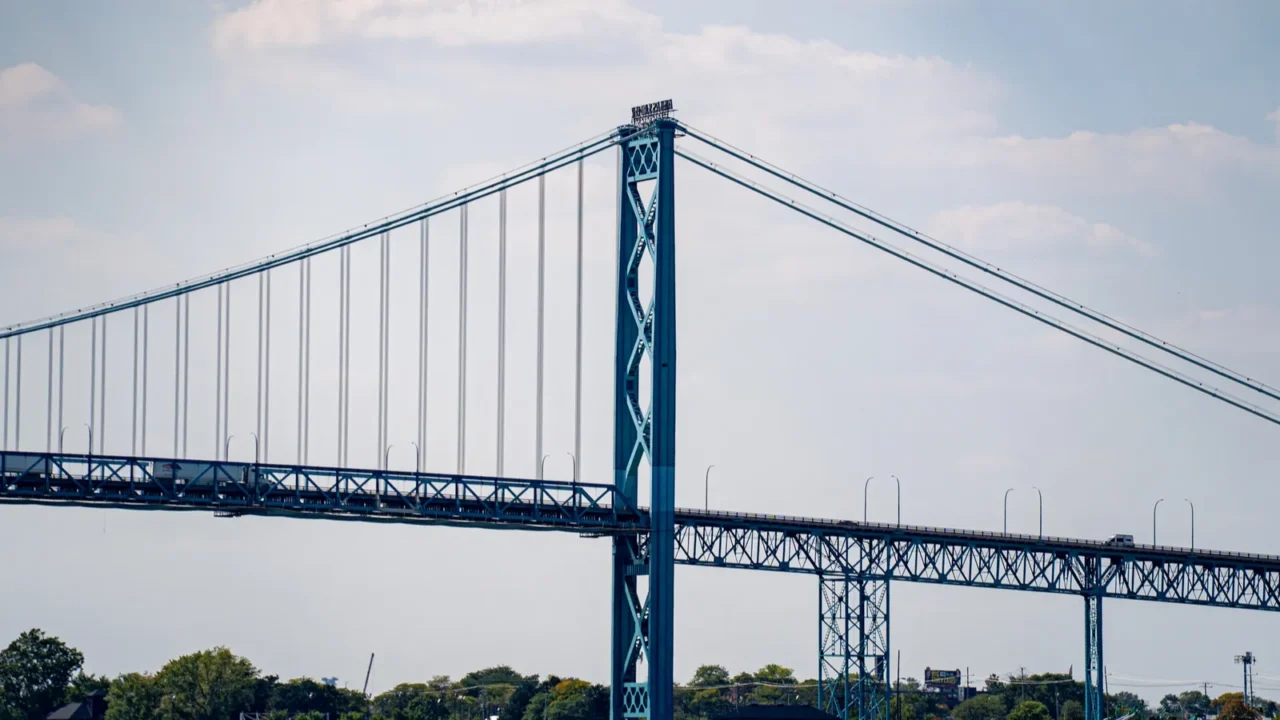
Canada’s expanded entry point
Canada’s Port of Entry is built to match the efficiency on the U.S. side, offering a wide, modern layout that can handle high traffic volumes. It’s designed to support faster movement for passenger vehicles and commercial shipments alike.
The updated systems help keep the line moving, especially during busy holidays or peak commuter hours. Both countries worked closely to make sure operations feel connected and balanced.
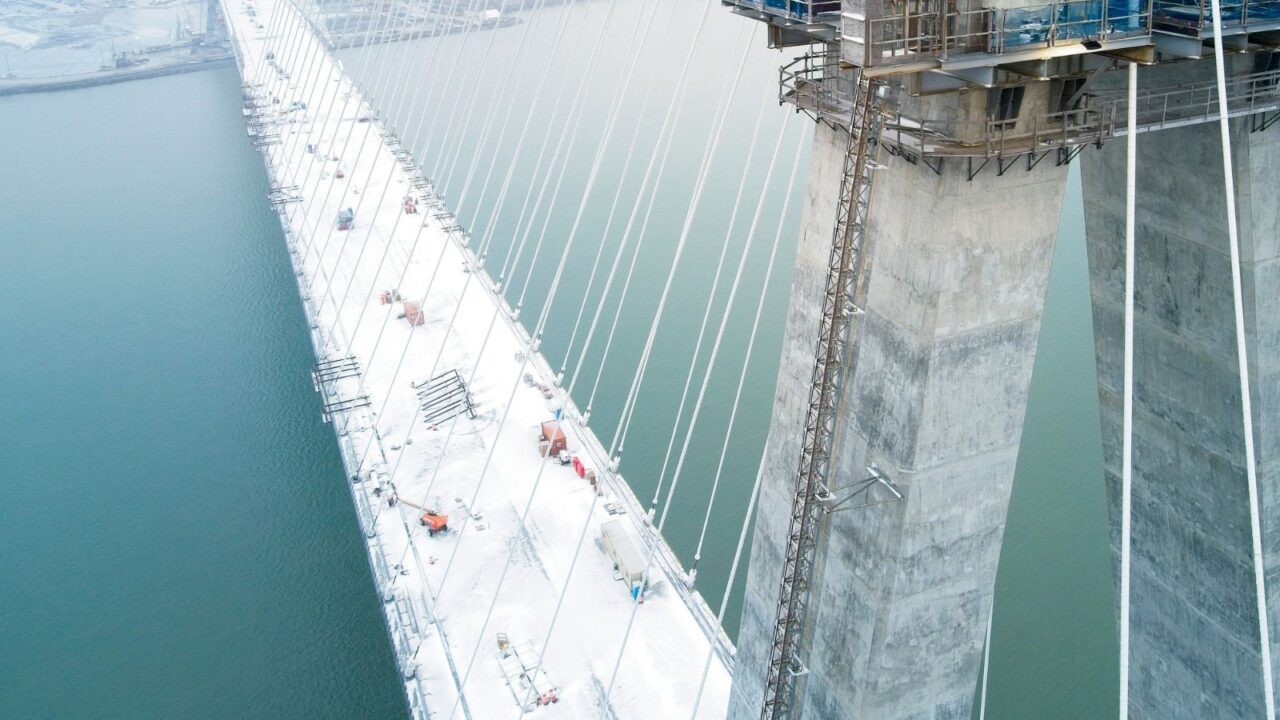
A boost for everyday drivers
Anyone who travels between Detroit and Windsor knows how frustrating long lines can be, but the new bridge aims to make the trip easier. Faster movement means fewer delays for work, school, or family visits.
It also gives drivers another dependable option when other crossings face unexpected closures. The added reliability helps reduce stress for people who make the trip often.

Good news for truckers
Commercial drivers play a huge role in trade between the U.S. and Canada, and this bridge is built with them in mind. Wider lanes, direct highway connections, and larger inspection areas make each trip simpler. This added efficiency supports the growing demand for faster delivery routes.
With smoother processing, trucks can deliver goods faster and avoid losing time at the border. This helps keep shelves stocked and businesses moving. It also gives trucking companies more predictable schedules.
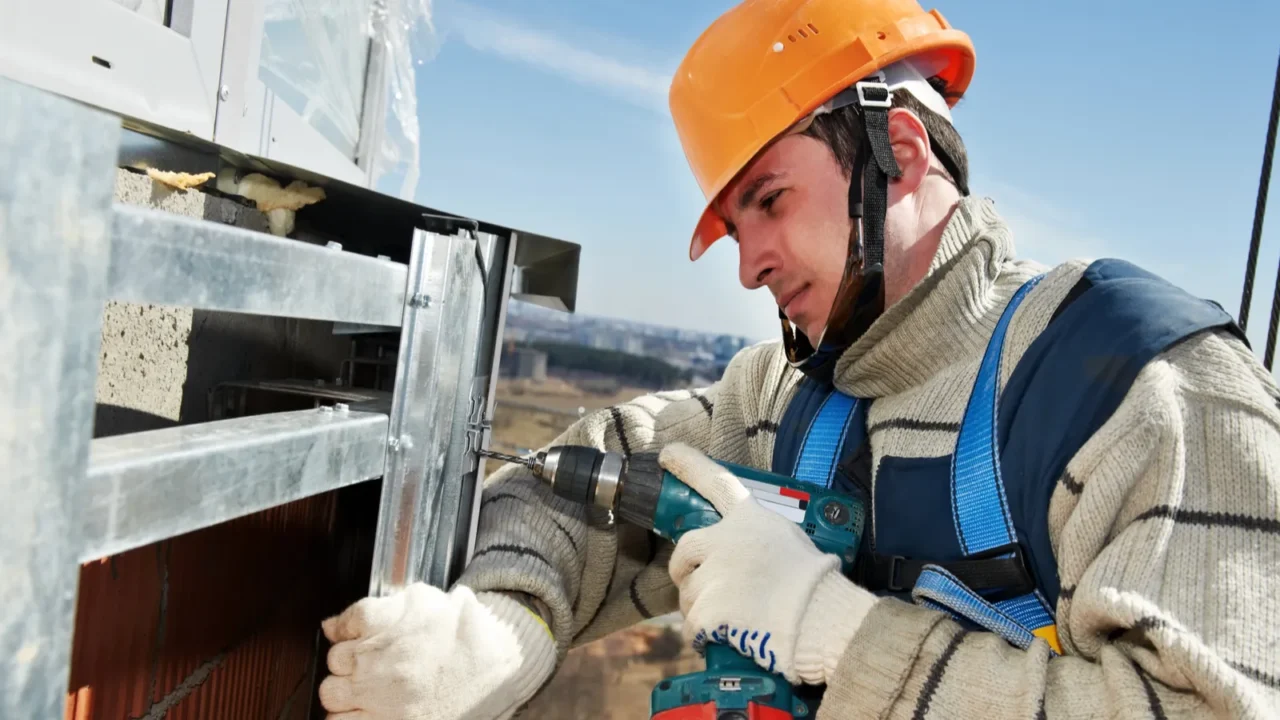
Local job creation
Construction of the bridge and the ports of entry has created around 2,500 jobs, supporting communities in both Michigan and Ontario. Those jobs include construction work, skilled trades, and support services tied to the project. Many workers also gained long-term skills from this experience.
Once the bridge opens, long-term operations will continue bringing employment opportunities. This steady economic activity boosts neighborhoods near the crossing. It also encourages new businesses to open nearby.
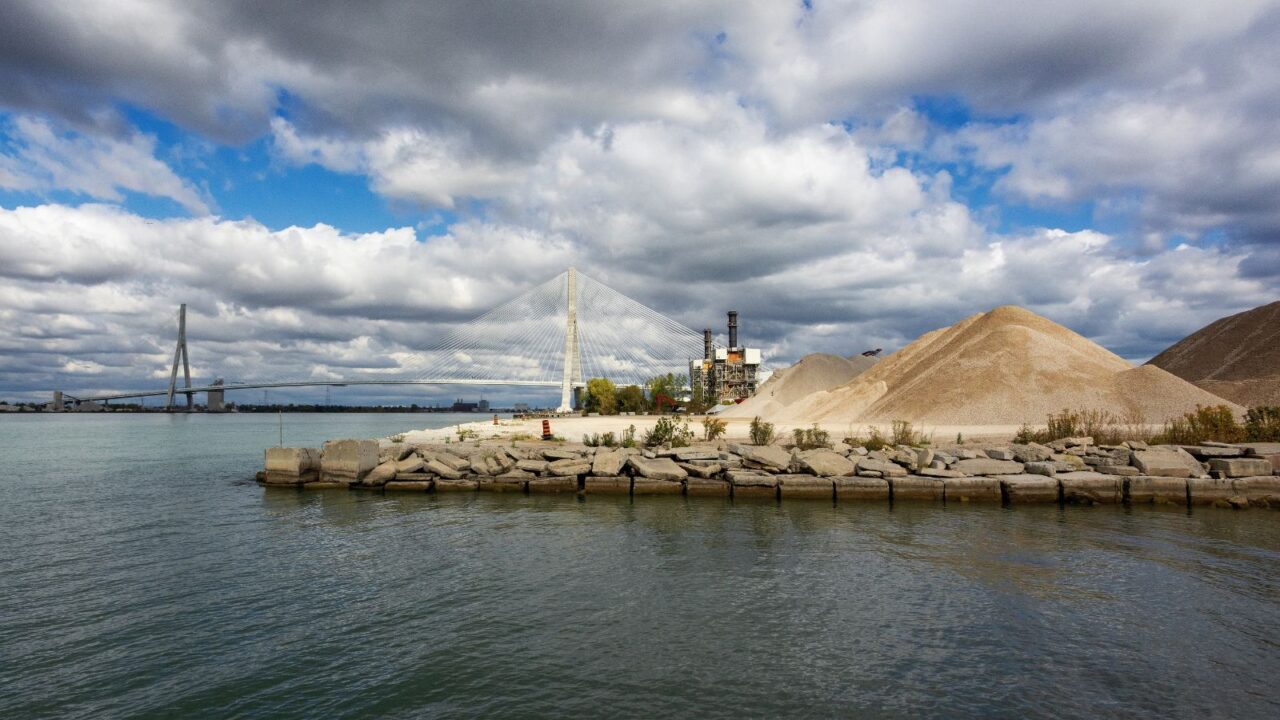
Built for tough weather
Engineers designed the bridge to withstand strong winds, heavy snow, and temperature swings that the region often sees. The cable-stayed structure gives it flexibility and strength without losing stability. These features help protect the bridge through changing seasons.
This ensures year-round reliability, even during Michigan’s harshest winter storms. Travelers will have a crossing they can depend on in harsh conditions. This level of durability adds peace of mind to everyday travel.
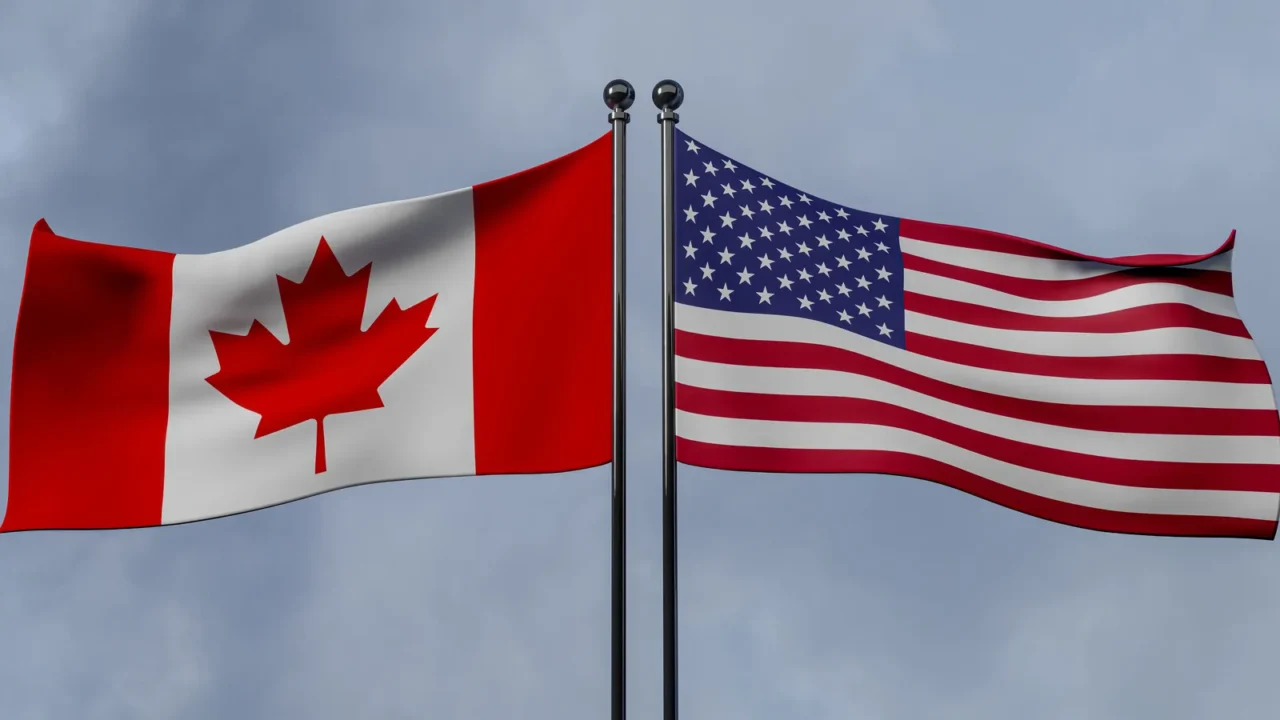
Improving cross-border ties
The bridge strengthens the connection between two deeply interconnected regions, making it easier for families, students, and tourists to travel. It also highlights cooperation between the U.S. and Canada on major shared projects. These partnerships help both sides grow together.
These improvements help increase tourism and promote easier day-to-day interactions between the two sides. The smooth connection supports a stronger relationship overall. It also encourages more cultural and economic exchange.
In other news, Canada isn’t just strengthening its connection with the U.S., it’s opening doors to global talent by adapting to policy changes. Check out the H-1B visa changes may give Canada an opportunity.
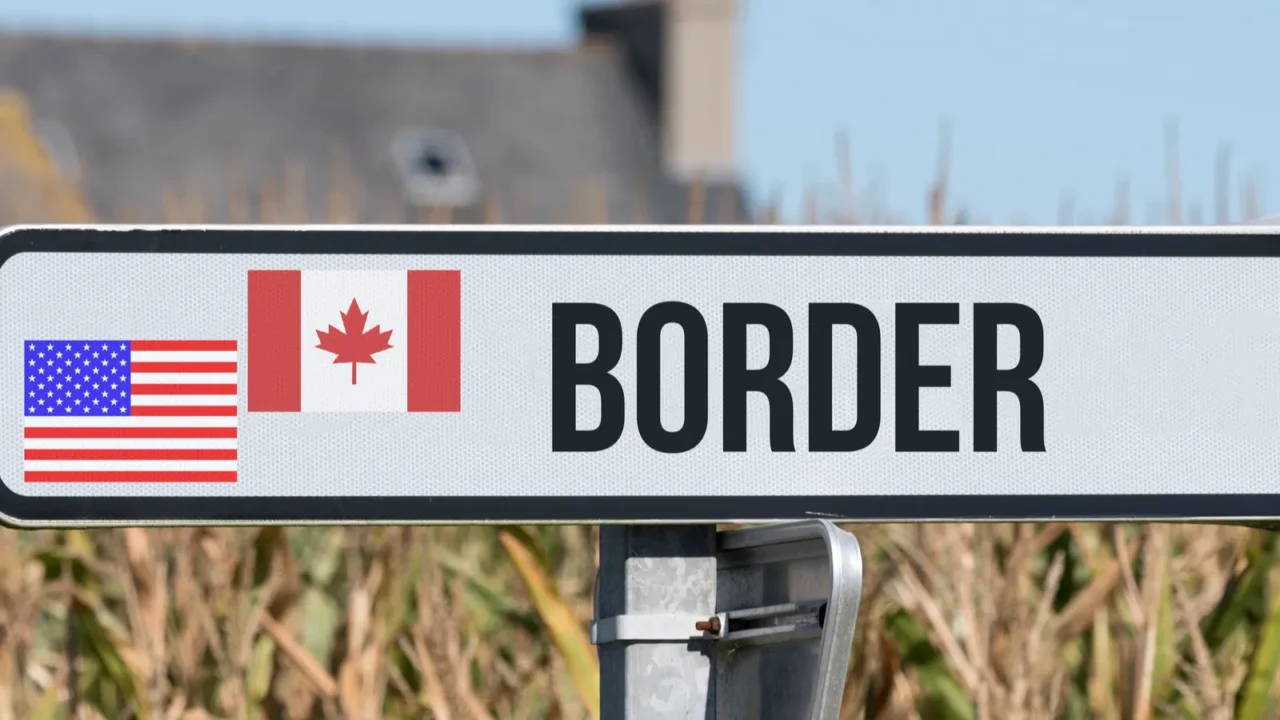
A shift in regional travel
Once the bridge opens, traffic patterns across Detroit and Windsor are expected to change for the better. Drivers will spread out between crossings instead of piling into the same bottleneck. This shift creates a more balanced flow on both sides.
This can make neighborhoods near older bridges less congested and reduce traffic noise in some areas. With more choices, people can pick the route that works best for them. This flexibility helps make driving less stressful.
And it’s not just road travel improving between the two countries; even air connections are getting a boost. Check out Air Canada announces return to key U.S. airports.
Tell us your thoughts below and share what you’re most excited about with this new border upgrade.
Read More From This Brand:
- 15 historic towns in America where time stands still
- African American heritage trails worth traveling for
- Would you trust a robot to plan your next vacation?
Don’t forget to follow us for more exclusive content right here on MSN.
This slideshow was made with AI assistance and human editing.